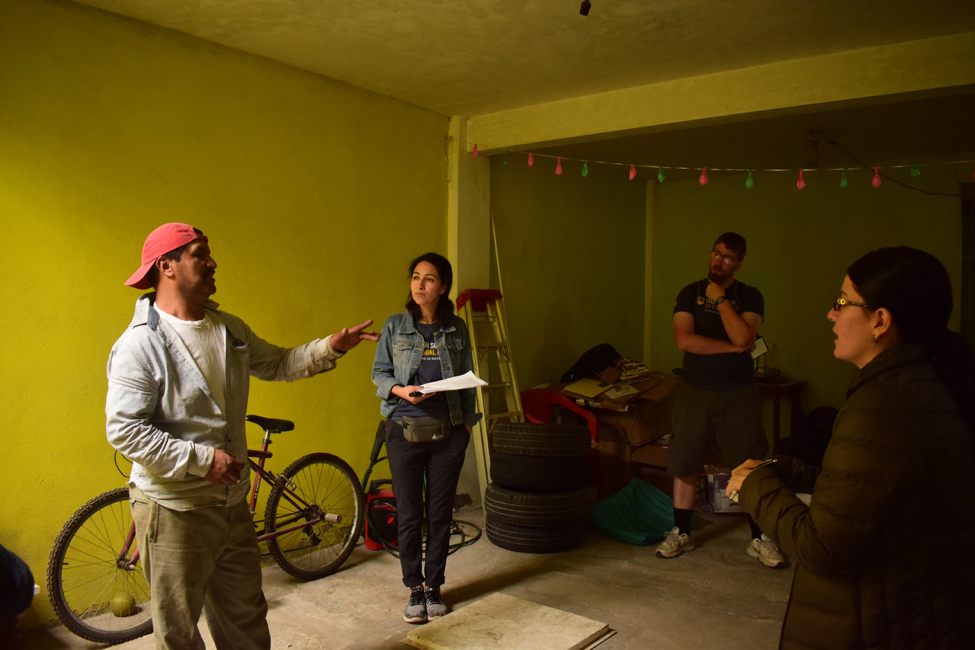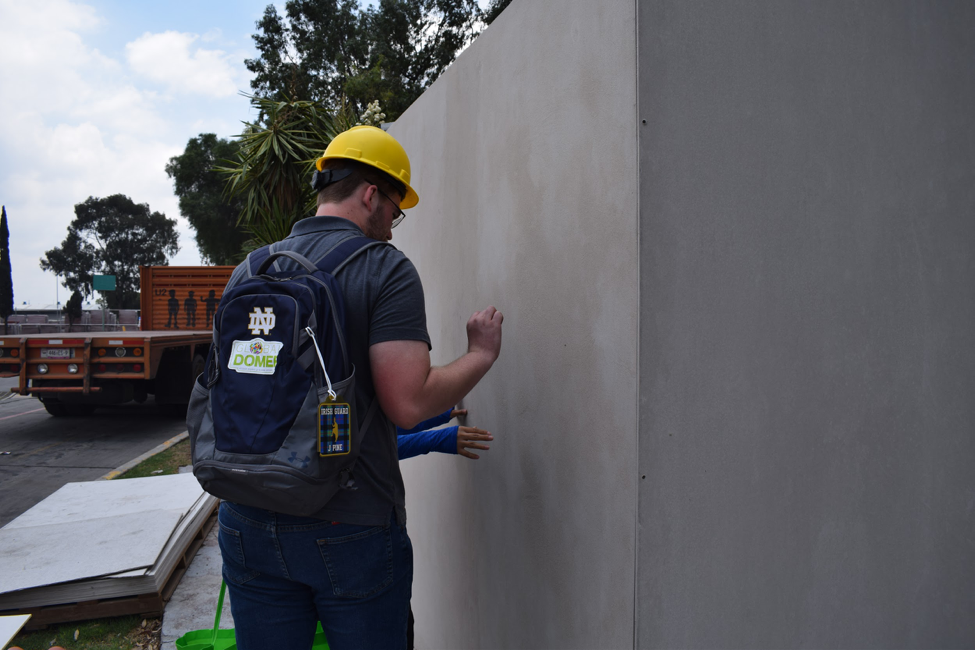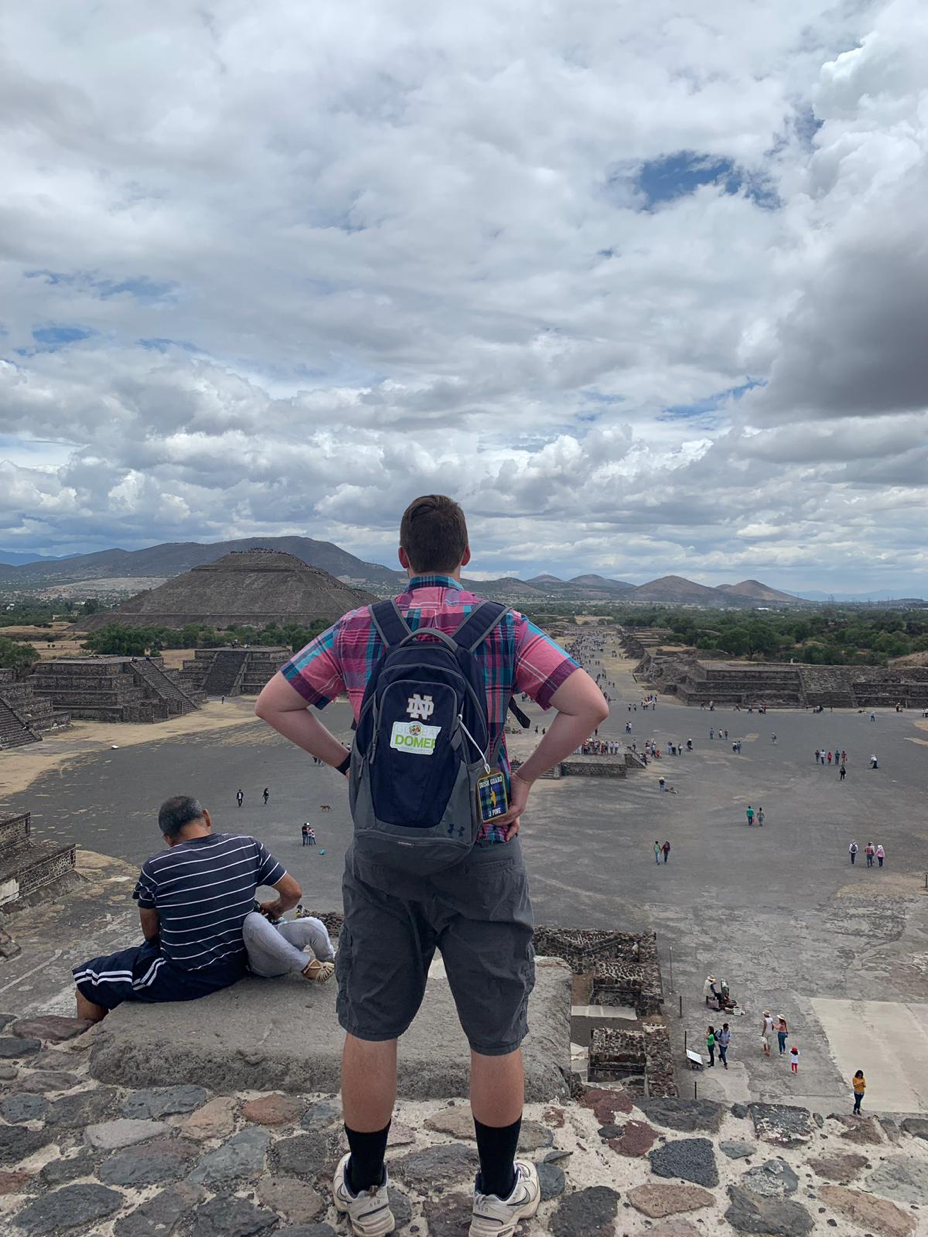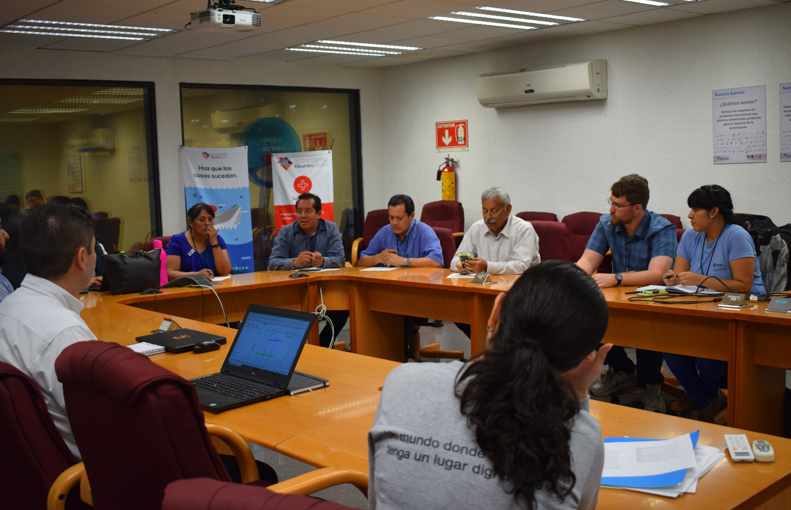by: Joshua Pine
Youthful optimism. Eager expectation. Passion to learn and to serve. As I stepped off the plane in Mexico City, these were the emotions that engulfed me. Having lived for nearly twenty years as an American in China, I had never traveled to Latin America before and was excited to broaden my global horizon. While I knew the exotic appeal of a new country, replete with street tacos and mariachi bands, would eventually wear off, I did not expect a sobering reality check to set in on our first day of work.
My team and I are partnering with Habitat for Humanity International’s Terwilliger Center for Innovation in Shelter, exploring ways to increase the quality of homes among low-income communities through market-based interventions. Drawing heavily from our training in design thinking from the Master of Global Affairs’ Integration Lab, we set out the first day to engage directly with the marginalized communities we aimed to serve by visiting homeowners in Tláhuac, a poorer neighborhood on the outskirts of Mexico City. Without any background in Spanish, my assigned role during these visits was to observe our surroundings and take detailed notes. After the interview, my teammate would provide me with a quick summary translation.

When we entered the first home, I began furiously jotting down every detail into my notebook: a two-story home with multiple generations living together, several pet dogs, a Wii video game console, a tile floor. No detail was too small, and I was ready to do my part in contributing to the project! As the day went on, however, my inability to understand the language began to weigh more heavily as a source of frustration. Whenever someone would make a joke and the room lit up with pearls of laughter, I forced a smile even though I did not know what was happening. As that first week continued, my enthusiasm began to wane as I allowed myself to wallow in self-pity and question why I was even here. How was I adding value to the project when all I was doing was taking up team resources by having someone translate for me? How could I fulfill my role as the team’s leader with regards to communication and design thinking if I couldn’t directly engage or empathize with those we were seeking to serve?

As I was reflecting on these questions, I heard one of my favorite Christian worship songs—“You Say,” by Lauren Daigle—on the speaker in the mall we were walking through:
“I keep fighting voices in my mind that say I’m not enough
Every single lie that tells me I will never measure up
Am I more than just the sum of every high and every low?
Remind me once again just who I am, because I need to know”
These lyrics caused me to realize I had been evaluating my success precisely as the “sum of every high and every low” by asking myself whether I had individually contributed to promoting the goals of the project. This self-evaluation framework reflected the system utilized in academic classroom settings, where you have a fixed period of time (a semester) to achieve a set goal (learning the material), with frequent tests to ensure that you are making progress towards that goal. For my research project, I had a month to complete the first segment of our project in Mexico, and based upon my self-assigned midterm exam, I felt like I was failing.
PROCESS- AND TEAM-ORIENTED METRIC OF SUCCESS
As I discussed my feelings of frustration with my teammates, they provided invaluable encouragement and helped to point out areas where I had been able to contribute. Of more importance than this individual encouragement, however, was the realization that my metric for success had been based upon the fundamental fallacy that the success of the project depended on me as an individual.

A central question within design thinking encapsulates this form of communal recognition by encouraging us to always ask, “How might we…?” rather than “How might I…?” This seemingly simple insight was powerful in helping me view my worth less as an exam evaluating individual success, but rather as a relational perspective measuring my ability to add value to the team as a whole. Expanding the scope of “team” beyond my immediate teammates to include our partners in Mexico helped me develop a more communal, relational perspective. I did not need to solve the problem of inadequate housing in a month, but rather contribute to an ongoing process that had been happening before I arrived and would continue long after.
Rather than evaluating success within an individualistic, goal-oriented model, my experiences so far this summer have helped to focus more on a collective, process-oriented model of success wherein my goal is to help support my team and add value to an ongoing process.

